How to Ensure High-Quality Production in Kids Clothing Manufacturing
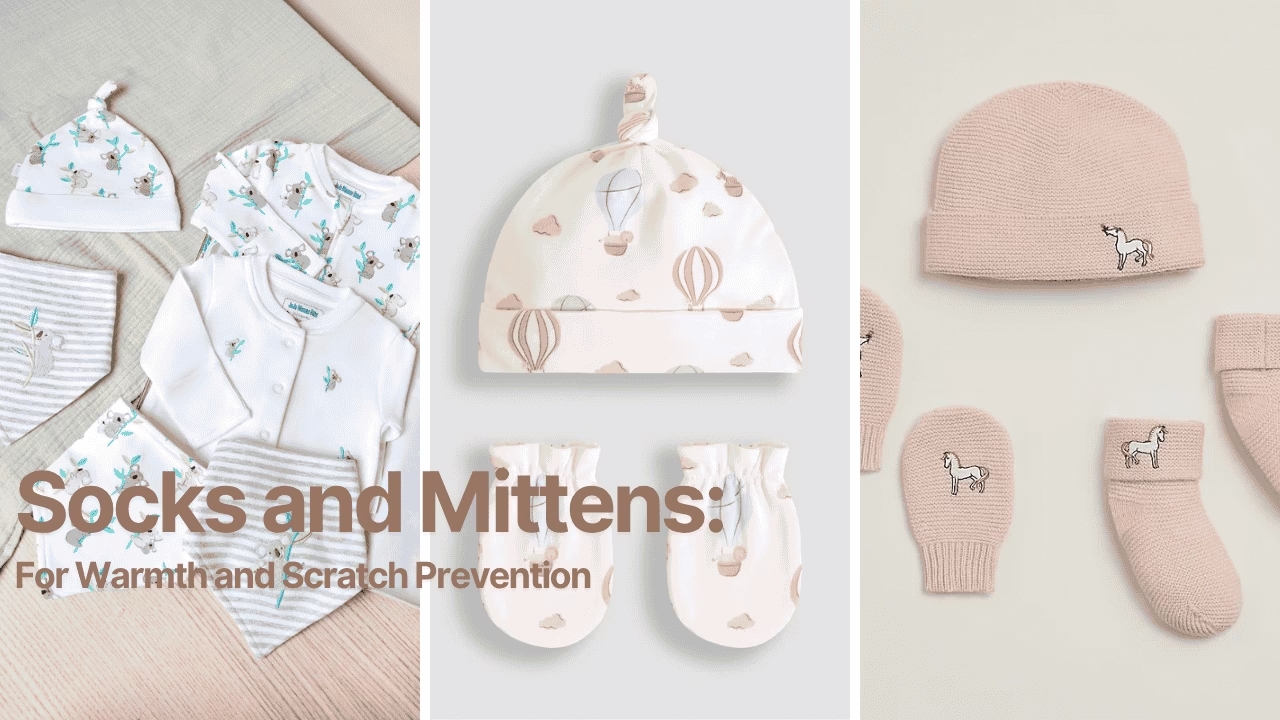
Introduction
Ensuring high-quality production in kids’ clothing manufacturing is crucial in today’s competitive market. With an increasing demand for stylish yet durable kidswear, manufacturers face the challenge of meeting quality expectations while adhering to safety standards. Did you know that over 50% of parents prioritize fabric quality and safety when purchasing children’s clothing? This article explores essential strategies and practices to help you maintain top-notch quality in kids’ clothing production. Whether you’re a new manufacturer or an established brand, these insights will guide you toward achieving excellence!
High-Quality Kids Clothing Production in 2025
| Section | Key Points |
|---|---|
| Introduction | Importance of high-quality production in kids’ clothing to meet consumer expectations and safety standards. |
| 1. Importance of Quality Production | Safety, comfort, and durability are top concerns. Poor quality impacts brand reputation and customer loyalty. |
| Legal Requirements & Standards | Compliance with safety regulations and certifications like OEKO-TEX and CPSIA to ensure product safety. |
| 2. Sourcing Quality Materials | Use of organic cotton, bamboo, and sustainable fibers ensures comfort, durability, and hypoallergenic properties. |
| 3. Quality Control Measures | Pre-production checks for fabric, patterns; in-process inspections for consistency; post-production tests for defects. |
| 4. Safety Standards Compliance | Focus on preventing choking hazards, toxic chemicals, and ensuring toxin-free certification through OEKO-TEX. |
| 5. Design Considerations | Reinforce high-stress areas for durability, prioritize comfort with breathable fabrics, and use safe, functional closures. |
| 6. Continuous Improvement | Regular quality audits, feedback loops from consumers, and continuous staff training to maintain high standards. |
1. Understanding the Importance of High-Quality Production in Kids Clothing
Why Quality Matters: Safety, Comfort, and Durability Are Top Concerns for Parents
In kids’ clothing, the importance of quality cannot be overstated. Unlike adult clothing, which can be more forgiving in terms of durability, kids’ apparel is subject to much more wear and tear. From crawling babies to active toddlers and children involved in sports, these clothes face constant stretching, pulling, and dirt exposure. High-quality production ensures that kids’ clothing meets the expectations of parents who look for clothing that is not only stylish but also long-lasting and safe.
Parents are particularly concerned about the safety and comfort of their children. In fact, the fabric should be soft, breathable, and hypoallergenic, minimizing the risk of irritation to sensitive skin. Durability is also essential, as children’s clothes should be able to withstand rough play, frequent washing, and environmental exposure without losing their shape, color, or integrity.
The Impact on Brand Reputation: How Maintaining High Standards Can Build Trust and Loyalty
Building a reputable brand in the kids’ clothing industry requires trust, and trust is earned through consistent quality. If a brand produces clothes that tear easily, fade after a few washes, or cause skin irritation, it can damage the brand’s reputation, even if the style is appealing. Quality standards not only impact consumer loyalty but also boost a brand’s standing in the marketplace.
With the growth of online reviews and social media, word of mouth can make or break a business. Parents are likely to share their experiences with others, and a brand that consistently delivers high-quality, safe clothing for kids will likely see repeat customers and positive recommendations. The impact of this cannot be underestimated, as parents rely heavily on peer reviews when making purchasing decisions.
Legal Requirements and Industry Standards: Understanding Safety Regulations, Including Certifications like OEKO-TEX
In addition to consumer expectations, there are legal requirements and industry standards that must be met in the production of kids’ clothing. These regulations ensure that the garments are safe, non-toxic, and of the highest quality. One of the most important certifications in the kids’ clothing industry is OEKO-TEX Standard 100, which ensures that the fabrics and materials used in children’s clothing are free from harmful chemicals.
Manufacturers must also consider regional safety regulations such as the Consumer Product Safety Improvement Act (CPSIA) in the United States, which outlines safety standards for children’s clothing. These laws often address issues like choking hazards, the use of flame-retardant materials, and labeling requirements, all of which play a role in maintaining high-quality, safe products.
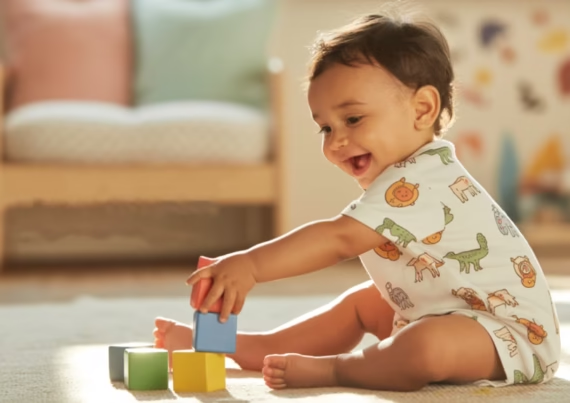
With 17 years of experience, petelulu provides a full range of
manufacturing services from design to delivery.
Start from scratch , Create your own brand.
17+
serving top 10 American brands
15+
serving top 10 Australian brands
12+
serving top 10 European brands
Contact us to get the quote.👇
2. Sourcing Quality Materials for Kids Clothing
Choosing the Right Fabrics: Organic Cotton, Sustainable Fibers, and Hypoallergenic Materials
The foundation of any high-quality kids’ clothing line lies in the materials used. Fabrics such as organic cotton, bamboo, and sustainable fibers not only promote environmental responsibility but also ensure comfort for children. Organic cotton, for instance, is grown without harmful pesticides, making it a safer option for sensitive skin. It also tends to be more durable and retains its softness even after multiple washes.
In recent years, sustainable fibers like hemp, Tencel, and recycled polyester have become popular choices. These fabrics are not only eco-friendly but are also soft, breathable, and resistant to wear. Hypoallergenic materials, such as organic cotton and bamboo, help to prevent allergic reactions and ensure that the clothing is gentle on the skin.
Understanding Fabric Durability: Balancing Comfort with Longevity
Choosing the right fabric isn’t just about softness and sustainability; it’s also crucial to select materials that can withstand the rough and tumble of daily activities. Parents expect kids’ clothing to last, so durability must be a key consideration during the material selection process. For example, fabrics like denim, corduroy, and sturdy knits are ideal for clothing that needs to hold up against constant movement, rough play, and repeated washing.
However, durability shouldn’t come at the expense of comfort. The best fabrics balance these two elements, offering both toughness and softness. Furthermore, fabrics that retain their shape after washing (i.e., those that don’t shrink, stretch, or fade) are particularly valuable in children’s wear, as they help maintain the original fit and appearance of the clothing.
Supplier Relationships: How to Build Strong Partnerships with Material Suppliers for Consistent Quality
Building strong, reliable relationships with fabric suppliers is key to maintaining consistent quality throughout the production process. Manufacturers should partner with suppliers who share their commitment to high standards, ensuring that they receive top-quality materials in a timely and efficient manner.
Suppliers should be vetted not only for the quality of their materials but also for their sustainability practices, ethical sourcing, and reliability in delivering on time. Developing a collaborative relationship with suppliers allows manufacturers to address potential issues before they arise and create a steady flow of high-quality materials, leading to consistent, high-standard production.
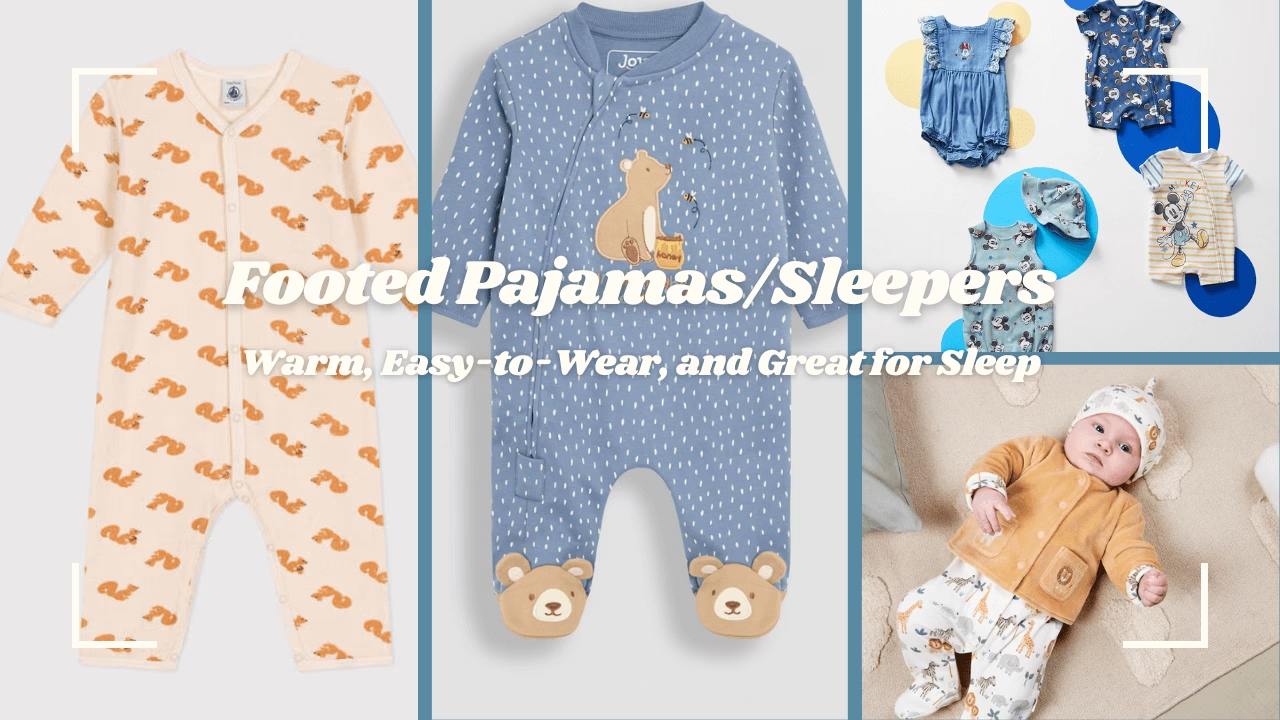
3. Implementing Quality Control Measures in the Production Process
Pre-production Quality Checks: Ensuring Patterns, Colors, and Fabrics Align with Quality Standards
Quality control begins before production even starts. During the pre-production phase, it’s essential to ensure that the patterns, colors, and fabrics meet the required standards. This includes verifying that all materials are sourced from reputable suppliers and match the specifications in terms of durability, softness, and colorfastness.
Checking the patterns is also an integral part of quality control. A poorly designed pattern can affect the fit and comfort of the garment, while issues with sizing or stitching can lead to a product that doesn’t perform well or fit as intended. By conducting thorough pre-production checks, manufacturers can minimize the risk of defects and ensure a smoother production process.
In-process Inspections: How to Monitor the Production Process for Consistency
In-process inspections are a critical step in maintaining quality throughout the manufacturing cycle. These checks help ensure that the production process stays on track, and any potential issues can be identified and rectified before they become major problems. This can include monitoring stitching consistency, checking the alignment of patterns, ensuring the correct fabrics are used, and verifying that the garment construction is proceeding as planned.
For example, a common issue in kids’ clothing manufacturing is uneven stitching, which can cause discomfort and a reduced lifespan of the garment. Regular in-process inspections help identify such issues early, allowing the manufacturer to address them before the garments move further down the production line.
Post-production Testing: Checking the Final Products for Any Defects or Compliance Issues
Once the production process is completed, post-production testing is necessary to ensure that the final products meet the established quality standards. This phase of quality control includes checking for defects like loose threads, unaligned seams, missing buttons, and any issues related to colorfastness or shrinkage.
Additionally, testing should confirm that the products meet all relevant safety standards. For example, checks for harmful chemicals such as lead or phthalates must be performed to ensure that the garments are safe for children to wear. This is also the phase where sizing is double-checked to ensure that the clothing fits as intended.
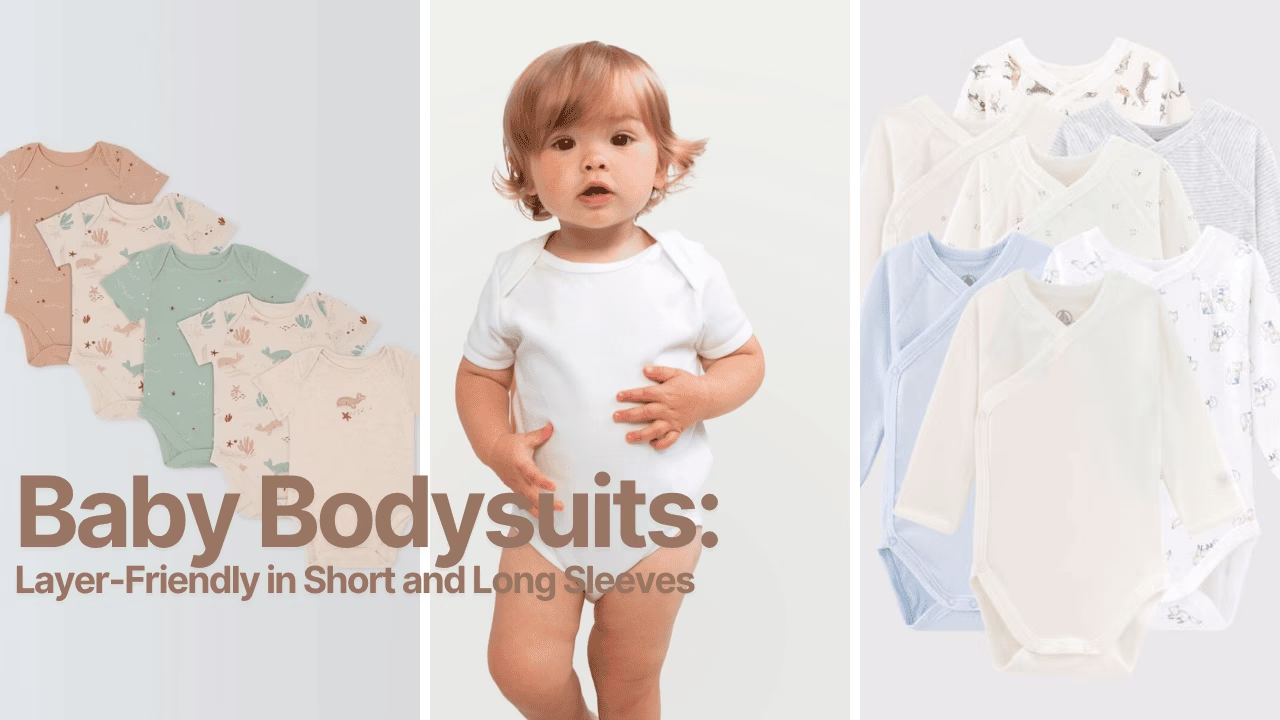
4. Ensuring Compliance with Safety Standards for Kids Clothing
Child Safety Standards: Guidelines Such as No Loose Buttons or Choking Hazards
In kids’ clothing manufacturing, safety is paramount. Children’s clothing must meet strict guidelines to ensure it doesn’t pose any risks, particularly choking hazards. Loose buttons, detachable accessories, or any small parts that could easily be swallowed by a child are a major concern. As a result, manufacturers must adhere to safety standards that minimize these risks.
A common safety regulation, for instance, involves ensuring that all buttons, snaps, and other small accessories are securely attached and can withstand force without detaching. The use of non-removable, securely fastened buttons or embroidered details instead of appliqué can also help reduce these risks. Additionally, clothing items must avoid any sharp edges or seams that could cause injury, ensuring that every piece of apparel is not only stylish but also safe.
Fabric Testing for Harmful Chemicals: Meeting Global Standards for Toxin-Free Clothing
Safety standards also require fabric testing for harmful chemicals such as lead, phthalates, or azo dyes, which can be found in lower-quality textiles. These substances are toxic and can cause serious health issues when children are exposed to them regularly through their clothing. Manufacturers must ensure that their textiles meet international safety standards, such as the European REACH regulation or the United States CPSIA standards, which specifically prohibit the use of hazardous substances in children’s apparel.
Toxin-free certification can be a valuable differentiator for manufacturers. Certifications like OEKO-TEX Standard 100 guarantee that the clothing does not contain harmful chemicals. These certifications not only demonstrate a commitment to safety but also build trust with consumers, who are becoming more conscious of the potential dangers in everyday products.
Certificates to Look for: Understanding Certifications Like GOTS and Fair Trade
When it comes to kids’ clothing, certifications play a vital role in confirming that a manufacturer complies with the required safety and quality standards. Key certifications include:
-
Global Organic Textile Standard (GOTS): GOTS certification guarantees that the clothing is made from organic fibers and has been produced following environmentally and socially responsible methods. It covers everything from material sourcing to processing, ensuring that no harmful chemicals were used and that workers were treated ethically.
-
Fair Trade Certification: Fair Trade ensures that workers involved in the production of kids’ clothing are paid fair wages, work in safe conditions, and are not subjected to exploitative labor practices. For ethical brands, Fair Trade certification is a crucial step in demonstrating social responsibility.
By looking for these certifications, manufacturers can ensure they are producing high-quality and ethically sound products while also giving consumers the assurance they need that the clothing is safe for their children.

5. Enhancing Design to Boost Durability and Comfort
Design Considerations for Wear and Tear: Reinforcing High-Stress Areas (e.g., Knees, Elbows)
Kids are known for their active play, and as such, the design of children’s clothing must take into account areas of the garment that experience the most wear and tear. High-stress areas such as knees, elbows, and seat areas need to be reinforced to prevent early damage to the garment. This can be done by using stronger fabrics in these areas or adding additional layers of material for reinforcement.
For example, jeans and leggings for active kids often include double stitching or additional fabric patches on the knees to prevent holes from forming. Similarly, durable fabrics like denim or corduroy can be used in areas that are prone to friction or abrasion. Incorporating such design features can significantly extend the lifespan of the garment and maintain its appearance after repeated use.
Comfort-First Design Principles: Prioritizing Breathability, Softness, and Flexibility
While durability is important, comfort should always be the priority in kids’ clothing. Children need to feel free to move, run, jump, and play without being restricted by stiff or scratchy fabrics. Softness, breathability, and flexibility are key elements that enhance the comfort factor.
For instance, cotton-based fabrics and blends are known for their breathability, which helps keep children cool and comfortable throughout the day. Additionally, designs that allow for easy movement—like stretchable waistbands, elastic cuffs, or comfortable seams—help prevent discomfort during wear. A good design will ensure that the clothing adapts to the child’s movements rather than impeding them.
Innovative Closure Systems: Zippers, Snaps, and Buttons That Are Both Safe and Functional
When designing kids’ clothing, manufacturers must carefully consider the types of closures they use. Zippers, snaps, buttons, and Velcro are common, but each comes with its own set of safety and durability challenges. For instance, zippers must be easy for kids to operate but should not pose a risk of pinching skin or catching on other materials.
Similarly, snaps and buttons should be securely attached and easy to fasten without being so small that they can become choking hazards. Buttonless designs or innovative closure systems like magnetic clasps or hook-and-loop fasteners can offer a safer, more efficient solution. In addition, these closures should be durable enough to withstand frequent opening and closing without losing their functionality.
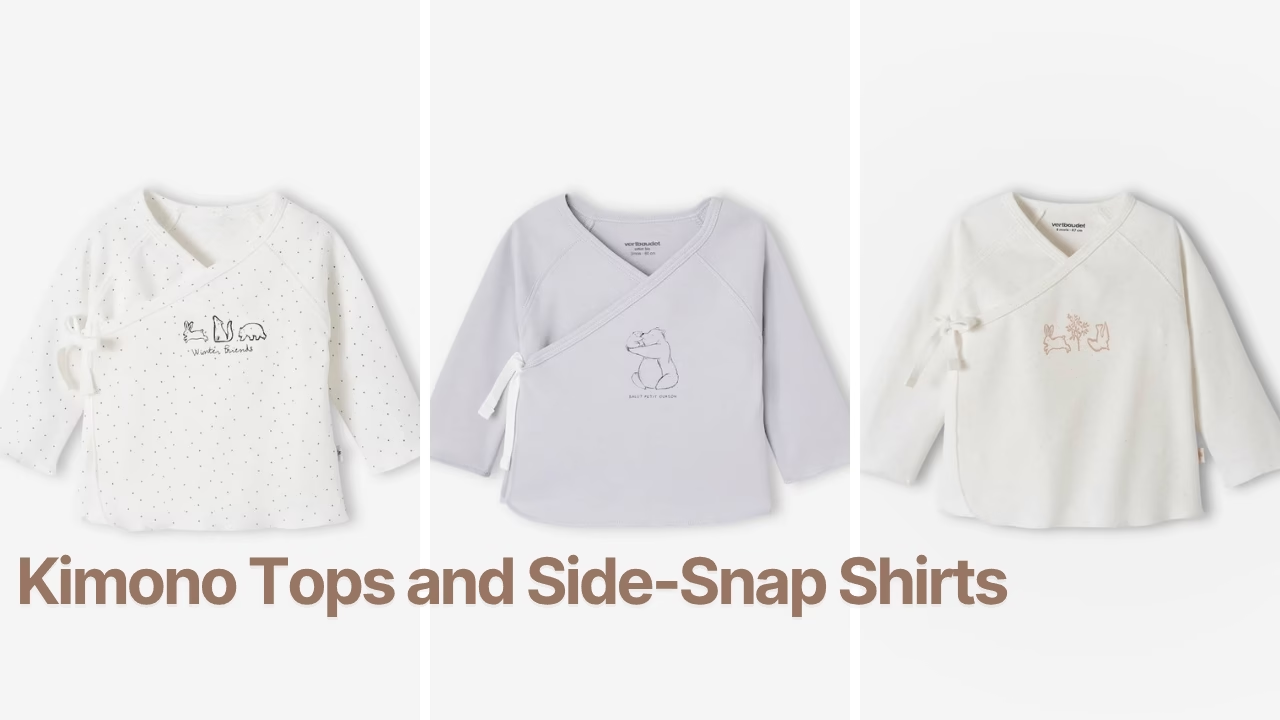
6. Conducting Regular Audits and Continuous Improvement
Quality Audits: Regular Reviews to Ensure Standards Are Consistently Met
One of the best ways to ensure consistent quality in kids’ clothing manufacturing is through regular quality audits. These audits are typically conducted at various stages of production to ensure that all aspects of manufacturing—material sourcing, production processes, and final product quality—align with the established standards. Audits can help identify any deviations from the expected standards, allowing the manufacturer to address them before they affect the final product.
Auditing also ensures that the facility remains compliant with industry regulations and safety standards. By conducting these reviews periodically, manufacturers can maintain a high level of quality control and prevent lapses in product standards.
Feedback Loops: Listening to Consumer Feedback for Improvements
Consumer feedback is invaluable in improving the quality of kids’ clothing. Manufacturers should actively listen to their customers to identify any recurring issues with fit, comfort, durability, or safety. This feedback can be collected through customer surveys, online reviews, or direct communication with retailers.
Using this feedback to make improvements allows manufacturers to respond proactively to customer concerns, ensuring that their products continue to meet the needs and expectations of the market. Moreover, integrating customer feedback into the design and production process helps create a customer-centric approach that fosters loyalty and satisfaction.
Training Staff: Educating Workers on the Importance of Quality and Proper Manufacturing Techniques
Ensuring high-quality production requires well-trained staff who understand the importance of quality control and are equipped with the skills to perform their tasks correctly. Regular training sessions should be held to educate workers on the latest manufacturing techniques, safety standards, and best practices.
Training can also include updates on new materials, technology, or machinery that can improve the production process. When workers are fully educated on the standards required, they are more likely to take pride in their work and produce high-quality garments that meet the company’s expectations.
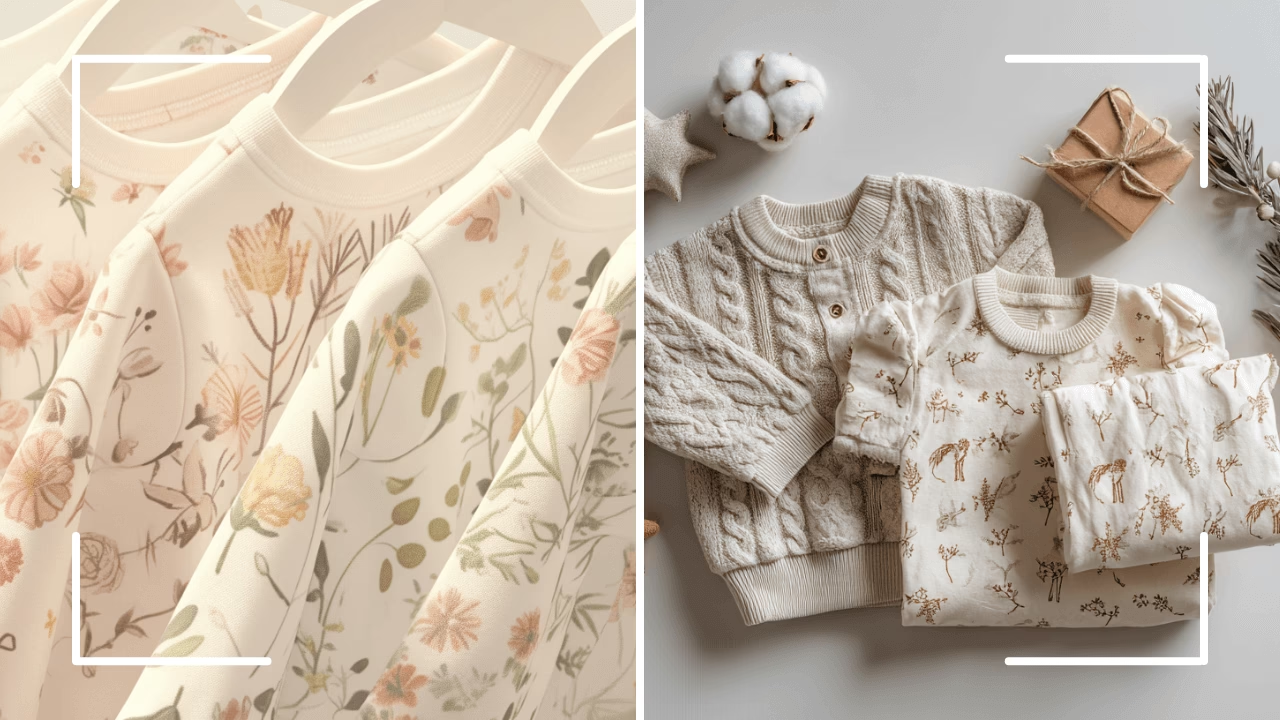

With 17 years of experience, petelulu provides a full range of
manufacturing services from design to delivery.
Start from scratch , Create your own brand.
17+
serving top 10 American brands
15+
serving top 10 Australian brands
12+
serving top 10 European brands
Contact us to get the quote.👇
Conclusion
Ensuring high-quality production in kids’ clothing manufacturing requires a multi-faceted approach that combines selecting the right materials, implementing rigorous quality control measures, adhering to safety standards, and continuously improving production processes. By focusing on safety, durability, comfort, and compliance, manufacturers can produce kids’ clothing that parents trust and love.
High-quality production not only results in better products but also strengthens a brand’s reputation, encourages customer loyalty, and fosters long-term success in the competitive kids’ apparel market. By taking these steps and continuously striving for excellence, manufacturers can ensure that their products meet the highest standards of quality and safety, offering children stylish, safe, and durable clothing that will stand the test of time.
FAQs
-
What materials are best for producing durable kids’ clothing?
The best materials for durable kids’ clothing include organic cotton, denim, corduroy, and other sturdy fabrics. Additionally, fabrics like bamboo and hemp are durable, eco-friendly, and gentle on sensitive skin. -
How can I ensure that my kids’ clothing line complies with safety regulations?
Make sure to follow relevant industry safety standards such as CPSIA and OEKO-TEX certifications, test for harmful chemicals, and avoid small removable parts that could pose choking hazards. -
Why is it important to choose hypoallergenic fabrics for kids’ clothing?
Hypoallergenic fabrics are crucial for kids with sensitive skin or allergies, reducing the risk of irritation and ensuring that the clothing is comfortable and safe to wear. -
What are some best practices for maintaining consistent quality in kids’ clothing production?
Implementing regular quality audits, listening to customer feedback, and training staff on quality control processes are key practices for ensuring consistent product quality. -
How do I reinforce areas of kids’ clothing that experience a lot of wear?
High-stress areas, such as knees, elbows, and seat regions, can be reinforced with double stitching, additional fabric layers, or durable patches to ensure the garment holds up to active use.

With 17 years of experience, petelulu provides a full range of
manufacturing services from design to delivery.
Start from scratch , Create your own brand.
17+
serving top 10 American brands
15+
serving top 10 Australian brands
12+
serving top 10 European brands
Contact us to get the quote.👇
About the author
Xhiney, founder of Petelulu, brings over 20 years of experience in children’s wear design, production, and international trade. A contributor to Children’s Wear and Junior magazines, Xhiney has spent 17 years working with high-end children’s wear brands in Europe and the U.S., offering expert insights and support.
